Content is currency
In the digital age, content is the currency that drives engagement, brand awareness, and ultimately, business success. Crafting an effective content marketing strategy requires not just creative brilliance but also a strategic approach backed by Key Performance Indicators (KPIs). In this blog post, we’ll delve into the art of setting KPIs for content marketing, offering examples of crucial metrics like website traffic, engagement (likes, shares, comments, views), and conversion rates (lead generation, sales). We’ll explore how these metrics can be applied to enhance the content strategies of both e-commerce and Direct-to-Consumer (DTC) brands.
Website Traffic: Navigating the Digital Highway of Content Marketing
Defining Website Traffic as a KPI
Website traffic is the lifeblood of online presence. Setting this as a KPI involves measuring the volume and quality of visitors to your website.
Application in E-commerce
For e-commerce, increased website traffic means more potential customers exploring products. KPIs in this domain involve optimizing content to attract and engage target audiences, driving them to the online storefront.
Application in DTC Brands
DTC brands leverage website traffic KPIs to measure brand visibility. By creating compelling content that resonates, they drive traffic to their platforms, fostering direct connections with consumers.
Engagement Metrics: Likes, Shares, Comments, Views
Defining Engagement Metrics: The Heartbeat of Content Interaction
Engagement metrics encompass likes, shares, comments, and views, offering insights into how your audience interacts with your content.
Application in E-commerce
For e-commerce, high engagement indicates a strong connection with the audience. KPIs involve creating shareable and comment-worthy content and fostering a community around the brand.
Application in DTC Brands
DTC brands thrive on direct connections. Engagement metrics reflect the success of building a community. KPIs involve creating content that sparks conversations, shares, and advocates.
Conversion Rates: Lead Generation and Sales
Defining Conversion Rates: Turning Engagement into Action
Conversion rates measure the percentage of engaged users who take a desired action, such as signing up for newsletters (lead generation) or making a purchase (sales).
Application in E-commerce
For e-commerce, conversion rates are pivotal for turning engaged users into customers. KPIs involve optimizing content for seamless transitions from engagement to lead generation and, ultimately, sales.
Application in DTC Brands
DTC brands focus on direct interactions. Conversion rates in this context measure the success of turning engaged audience members into brand advocates and loyal customers.
Conclusion: Navigating Success in Content Marketing with Strategic KPIs
In the world of content marketing, setting the right KPIs is akin to charting a course on the digital sea. By prioritizing metrics such as website traffic, engagement, and conversion rates, businesses can not only measure success but actively shape it. For e-commerce, content becomes a bridge between clicks and conversions, while DTC brands utilize content to foster direct connections with their audience.
In conclusion, the key takeaway is clear: strategic KPIs align content marketing efforts with business objectives. They provide a roadmap to navigate the digital landscape, ensuring that every piece of content serves a purpose, whether it’s driving traffic, fostering engagement, or converting leads into loyal customers. Embrace these takeaways, tailor your content strategy, and embark on a journey where every piece of content contributes meaningfully to your brand’s success.



